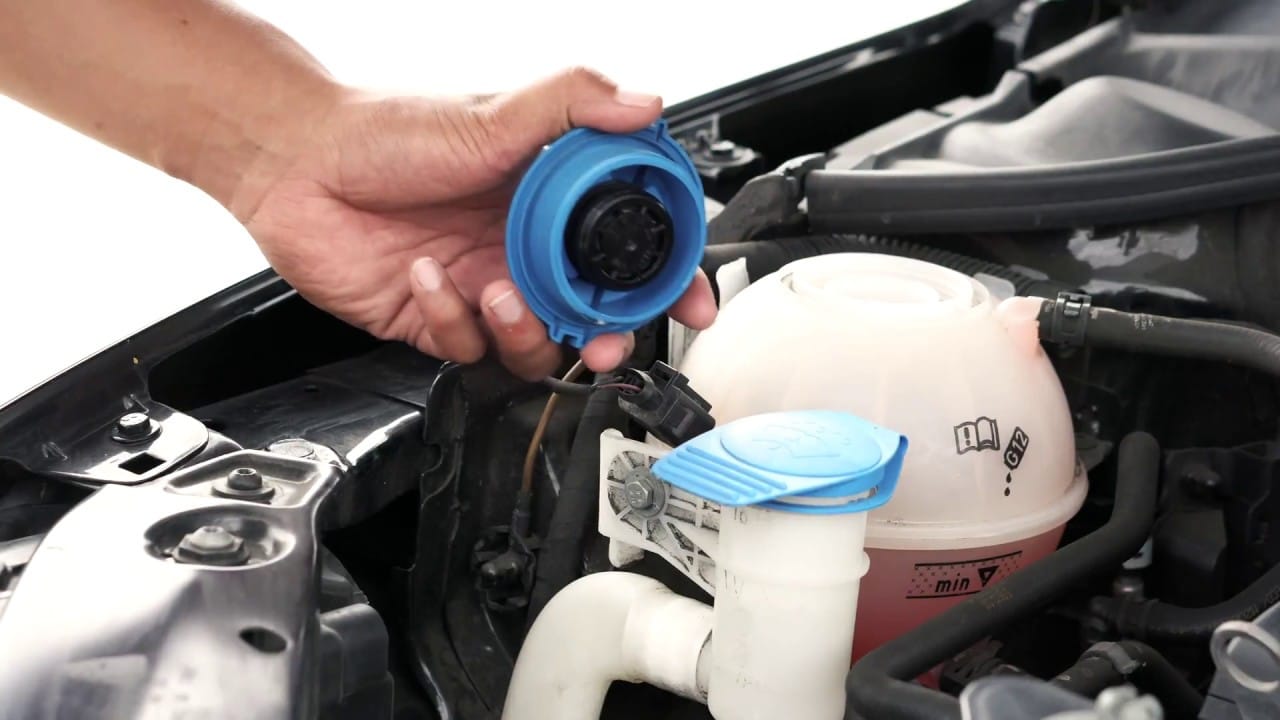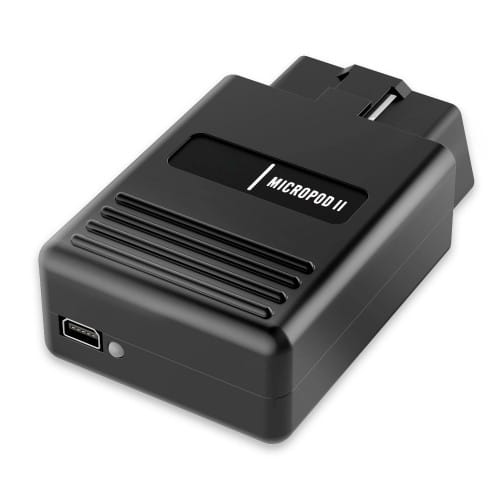How to Check Antifreeze Levels: Easy DIY Guide
TL;DR: Follow our simple steps to check and maintain your car’s antifreeze and coolant levels for optimal engine performance.
Introduction
Keeping your engine in top condition is essential, and one of the easiest ways to ensure this is by knowing how to check antifreeze levels in your car. Proper coolant levels help prevent overheating and engine damage. In this guide, you will learn exactly how to check coolant level, perform an antifreeze level check, and understand the coolant levels importance to overall engine health.

Necessary Tools and Requirements
Before you begin, gather the following tools and follow safety precautions:
- Protective gloves
- Flashlight
- Coolant tester or hydrometer
- Rags for cleaning spills
Make sure the engine is completely cool to avoid burns or injuries.
Step 1: Locate the Coolant Reservoir
The first step in checking antifreeze levels is to locate the coolant reservoir. Typically, this is a translucent plastic container in the engine bay. However, its position may vary across vehicle models. If you have any difficulty, consult your vehicle’s owner manual.
Step 2: Check the Coolant Level
Once you have found the reservoir, examine the level of coolant. There are markings on the side labeled with minimum and maximum levels. Ensure the coolant is between these markers. This is crucial for the proper functioning of your engine and helps in early identification of issues related to low coolant symptoms.
Step 3: Inspect the Antifreeze Concentration
To ensure your engine performs optimally, it is important to check the antifreeze concentration. Use a coolant tester or hydrometer to measure the mixture ratio. This antifreeze level check helps determine whether the mixture is adequate for your driving conditions, ensuring the coolant types and uses are appropriate for your vehicle.
Step 4: Identify Signs of Coolant Leaks
Look under your car and around the engine compartment for puddles or signs of leaks. Common signs of coolant leaks include a sweet smell, damp spots, or stained engine components. Detecting these early can prevent extensive engine damage.
Step 5: Determine When to Add Antifreeze
If the coolant level is below the required markings or the antifreeze concentration is not within the optimal range, it’s time to add more antifreeze. Refer to your vehicle’s manual for the proper type and mix ratio. Always add antifreeze gradually and recheck the level to avoid overfilling.
Troubleshooting Common Issues
Even with regular maintenance, you might encounter some issues. Here are a few common problems and how to address them:
- Low Coolant Symptoms: If your dashboard displays a low coolant warning or your engine temperature rises quickly, it might indicate a leak or low coolant level.
- Faulty Coolant Sensor: Sometimes, an incorrect reading may be due to a malfunctioning sensor. Consider having it checked by a professional if the levels seem off despite proper maintenance.
- Contaminated Coolant: Over time, rust and debris can contaminate the coolant mixture, reducing its efficiency. If you notice discoloration or particles, it might be time for a complete coolant flush.
FAQs
How often should I check my coolant level?
It is recommended to check your coolant level at least once every few months, or before long trips, to catch any potential issues early.
What type of coolant should I use?
Use the type specified by your vehicle manufacturer. There are various coolant types available, each designed for different engine specifications and environmental conditions.
Can low coolant levels affect engine temperature?
Yes, consistently low coolant levels can lead to an increase in engine temperature, increasing the risk of overheating and engine damage.
Conclusion and Call to Action
Regular maintenance and understanding how to check antifreeze levels can go a long way in preserving your vehicle’s performance. By following these simple steps, you’ll be better prepared to detect cooling system issues before they lead to costly repairs. If you continue to experience problems, especially with the coolant level in your car, consider scheduling an appointment with a trusted automotive expert. For additional car maintenance tips and advice, visit TechRoute66. Taking proactive steps can keep your engine running smoothly and help avoid potential breakdowns.
Written by Alex B., ASE Master Tech
Word count: 698


